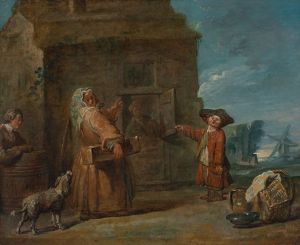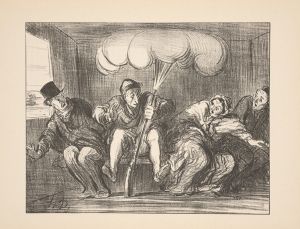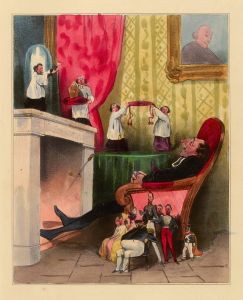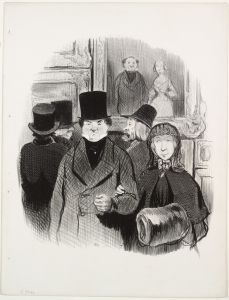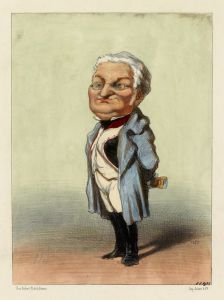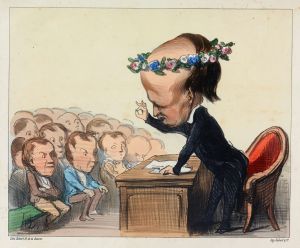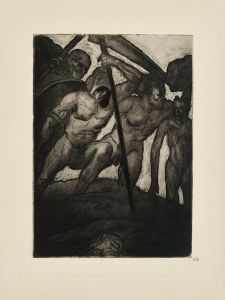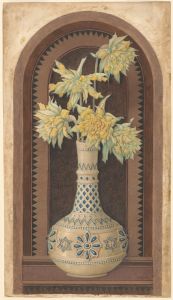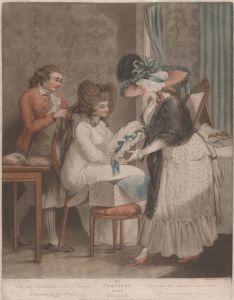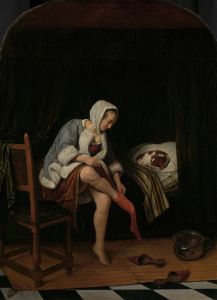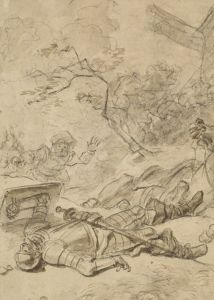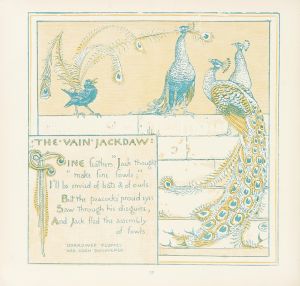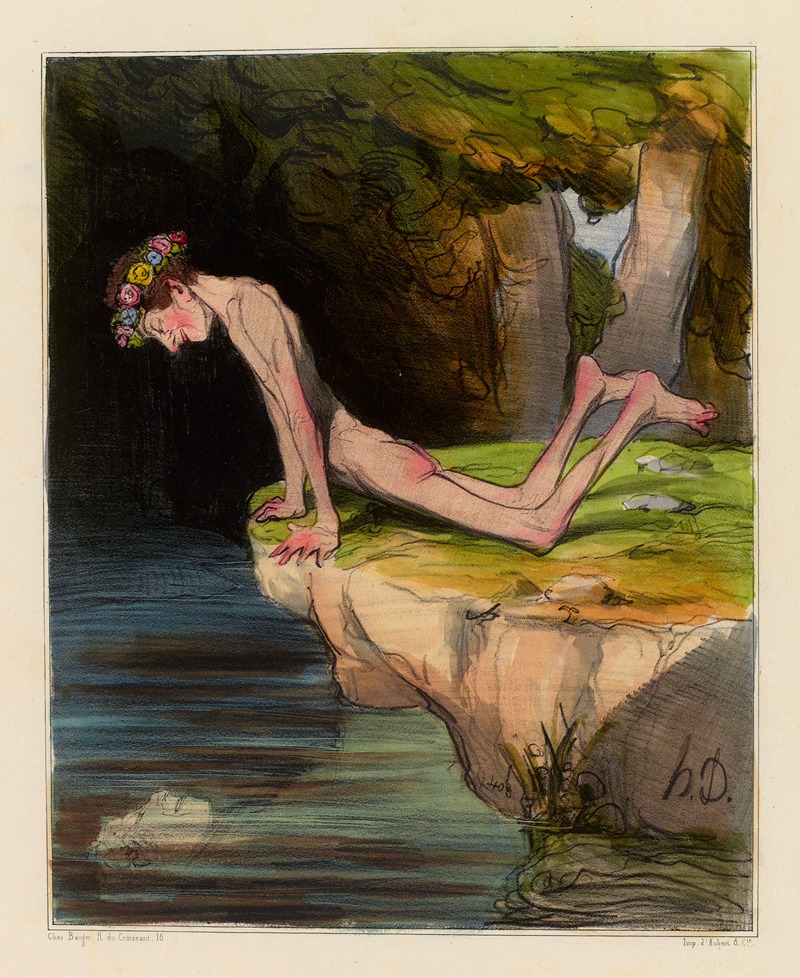
Le beau Narcisse
A hand-painted replica of Honoré Daumier’s masterpiece Le beau Narcisse, meticulously crafted by professional artists to capture the true essence of the original. Each piece is created with museum-quality canvas and rare mineral pigments, carefully painted by experienced artists with delicate brushstrokes and rich, layered colors to perfectly recreate the texture of the original artwork. Unlike machine-printed reproductions, this hand-painted version brings the painting to life, infused with the artist’s emotions and skill in every stroke. Whether for personal collection or home decoration, it instantly elevates the artistic atmosphere of any space.
Honoré Daumier, a prominent French artist known for his caricatures, paintings, and sculptures, created the work titled "Le beau Narcisse." Daumier was born in 1808 in Marseille, France, and became one of the most influential figures in 19th-century French art, particularly noted for his satirical works that critiqued society and politics.
"Le beau Narcisse" is one of Daumier's lesser-known works, and specific details about the painting are scarce. However, it is consistent with Daumier's style and thematic interests. Daumier often drew inspiration from classical mythology, literature, and contemporary social issues, using these themes to comment on human nature and societal norms.
The title "Le beau Narcisse" refers to the myth of Narcissus, a character from Greek mythology who was known for his extraordinary beauty and self-obsession. According to the myth, Narcissus fell in love with his own reflection in a pool of water, ultimately leading to his demise. This story has been a popular subject in art and literature, symbolizing themes of vanity, self-love, and the dangers of excessive pride.
Daumier's interpretation of Narcissus likely reflects his interest in human psychology and societal critique. While the exact depiction in "Le beau Narcisse" is not widely documented, Daumier's works often employed a satirical edge, possibly using the mythological figure to comment on contemporary issues of vanity and self-absorption in society. His ability to capture the essence of human folly with humor and insight made his works resonate with audiences of his time and continue to be appreciated today.
Daumier's artistic style is characterized by its expressive use of line and form. He was a master of lithography, a printmaking technique that allowed him to produce numerous caricatures and illustrations for newspapers and journals. His paintings, though less prolific than his prints, exhibit a similar dynamism and attention to character and emotion. Daumier's works often feature exaggerated features and gestures, emphasizing the traits and behaviors he sought to critique.
Throughout his career, Daumier was deeply engaged with the social and political issues of his day. He was an ardent supporter of the Republic and used his art to challenge authority and highlight social injustices. His works were published in satirical journals such as "La Caricature" and "Le Charivari," where he gained notoriety for his biting critiques of political figures and bourgeois society.
While "Le beau Narcisse" may not be as widely recognized as some of Daumier's other works, it remains a testament to his skill in blending classical themes with contemporary commentary. Daumier's legacy as an artist lies in his ability to capture the complexities of human nature and society with wit and empathy, making his works enduringly relevant.
In summary, "Le beau Narcisse" by Honoré Daumier is a work that reflects the artist's interest in mythology and social critique. Although specific details about the painting are limited, it is consistent with Daumier's broader oeuvre, characterized by its satirical edge and exploration of human behavior.





